Back to back working, screens or barriers and continued social distancing are some of the measures outlined in the government’s guidance for working safely during COVID-19.
Businesses and workplaces should make every reasonable effort to enable working from home as a first option. Where working from home is not possible, workplaces should make every reasonable effort to comply with the social distancing guidelines set out by the government, keeping people 2m apart wherever possible.
“This guidance does not supersede any legal obligations relating to health and safety, employment or equalities and it is important that as a business or an employer you continue to comply with your existing obligations, including those relating to individuals with protected characteristics. It contains non-statutory guidance to take into account when complying with these existing obligations. When considering how to apply this guidance, take into account agency workers, contractors and other people, as well as your employees,” said the guidance.
Before re-opening
Before opening, employers should carry out an assessment for all sites, or parts of sites, that have been closed, before restarting work and carry out cleaning procedures as well as providing hand sanitiser before restarting work. Areas should be regularly ventilated.
Employers should carry out an appropriate COVID-19 risk assessment, just as they would for other health and safety related hazards. The risk assessment should have particular regard to whether the people doing the work are especially vulnerable to COVID-19. Clinically extremely vulnerable individuals who have received a letter from their GP have been strongly advised not to work outside the home. Clinically vulnerable individuals, who are at higher risk of severe illness including those aged 70 or over and those with some underlying health conditions, have been asked to take extra care in observing social distancing and should be helped to work from home, either in their current role or in an alternative role. If clinically vulnerable, but not extremely clinically vulnerable, individuals cannot work from home, they should be offered the option of the safest available on-site roles, enabling them to stay 2m away from others.
All offices and workplaces should:
- Increase the frequency of hand washing and surface cleaning.
- Keep the activity time involved as short as possible.
- Use screens or barriers to separate people from each other.
- Use back-to-back or side-to-side working (rather than face-to-face) whenever possible.
- Reduce the number of people each person has contact with by using ‘fixed teams or partnering’ (so each person works with only a few others).
- If people must work face-to-face for a sustained period with more than a small group of fixed partners, then you will need to assess whether the activity can safely go ahead. No one is obliged to work in an unsafe work environment.
Social distancing and face masks
Where the social distancing guidelines cannot be followed in full, in relation to a particular activity, businesses should consider whether that activity needs to continue for the business to operate, and if so, take all the mitigating actions possible to reduce the risk of transmission between their staff.
Social distancing applies to all parts of a business, not just the place where people spend most of their time, but also entrances and exits, break rooms, canteens and similar settings. These are often the most challenging areas to maintain social distancing.
There are some circumstances when wearing a face covering may be marginally beneficial as a precautionary measure. The evidence suggests that wearing a face covering does not protect you, but it may protect others if you are infected but have not developed symptoms.
The guidance says a face covering can be very simple and may be worn in enclosed spaces where social distancing isn’t possible and it just needs to cover your mouth and nose. It is not the same as a face mask, such as the surgical masks or respirators used by health and care workers and they are not the same as the PPE used to manage risks like dust and spray in an industrial context. Where you are already using Personal Protective Equipment in your work activity to protect against non-COVID-19 risks, you should continue to do so. However, supplies of PPE, including face masks, must continue to be reserved for those who need them to protect against risks in their workplace, such as health and care workers, and those in industrial settings like those exposed to dust hazards.
“Wearing a face covering is optional and is not required by law, including in the workplace. If you choose to wear one, it is important to use face coverings properly and wash your hands before putting them on and taking them off,” says the guidance.
Employers should support their workers in using face coverings safely if they choose to wear one. Workers should be told to wash their hands thoroughly with soap and water for 20 seconds or use hand sanitiser before putting a face covering on, and after removing it. When wearing a face covering, you should avoid touching your face or face covering, as you could contaminate them with germs from your hands. If your face covering becomes damp or if you’ve touched it, then it should be changed. You should continue washing your hands regularly and practise social distancing wherever possible even if you are wearing a face covering.
You can make face-coverings at home and can find guidance on how to do this and use them safely on GOV.UK.
Arriving safely
In order to maintain social distancing wherever possible, on arrival and departure and to ensure handwashing upon arrival, employers should consider:
- Staggering arrival and departure times at work to reduce crowding into and out of the workplace
- Reducing congestion, for example, by having more entry points to the workplace.
- Using markings and introducing one-way flow at entry and exit points.
- Defining process alternatives for entry/exit points where appropriate, for example, deactivating turnstiles requiring pass checks in favour of showing a pass to security personnel at a distance.
- Providing additional parking or facilities such as bike racks to help people walk, run, or cycle to work where possible.
- Limiting passengers in corporate vehicles, for example, work minibuses. This could include leaving seats empty.
- Providing more storage for workers for clothes and bags.
- Providing handwashing facilities, or hand sanitiser where not possible, at entry/exit points and not using touch-based security devices such as keypads.
Common areas
In terms of moving around buildings and worksites, employers should reduce movement by discouraging non-essential trips within buildings and site.
Furthermore, they should introduce more one-way flow through buildings, reduce maximum occupancy for lifts, provide hand sanitiser for the operation of lifts and encourage use of stairs wherever possible. High traffic areas including corridors, lifts turnstiles and walkways should be regulated to maintain social distancing.
Organisations should make sure that people with disabilities are able to access lifts.
The layout of rooms should be reviewed to allow people to work further apart from each other. Only where it is not possible to move workstations further apart, screens should be used to separate people from each other. Hot desking should be avoided.
Remote working tools should be used to avoid in-person meetings. When meetings do take place, only absolutely necessary participants should attend and should maintain 2m separation throughout. Hand sanitiser should be provided in meeting rooms and meetings could be held outside if possible.
To maintain social distancing in common rooms, break times should be staggered, staff should be provided with a packed lunch or encouraged to bring in food from home, seating should be reconfigured to avoid face-to-face contact and staff should be encouraged to remain on site at all times.
When a visit is required – as is the case in social work – remote working and
contact should occur where possible. Social distancing and hygiene measures should be adhered to.
In order to ensure work areas are kept clean, there should be frequent cleaning of work areas and equipment between uses, using usual cleaning products. Objects and surfaces that are touched regularly, such as door handles and keyboards should be cleaned regularly, and adequate disposal arrangements should be made. Workspaces should be cleaned and waste removed at the end of a shift. Limiting or restricting use of high-touch items and equipment, for example, printers or whiteboards. If you are cleaning after a known or suspected case of COVID-19 then you should refer to the specific guidance.
Cleaning procedures will be needed for to be introduced for goods and merchandise entering the site and vehicles.
As far as possible, where staff are split into teams or shift groups, fixing these teams or shift groups so that where contact is unavoidable, this happens between the same people. Non-essential travel should be minimised and shared vehicles should be cleaned between shifts.
There should be awareness and focus on the importance of mental health at times of uncertainty. The government has published guidance on the mental health and wellbeing aspects of coronavirus (COVID-19) .
Working safely during COVID-19 in offices and contact centres
Guidance for employers, employees and the self-employed 11 May 2020

